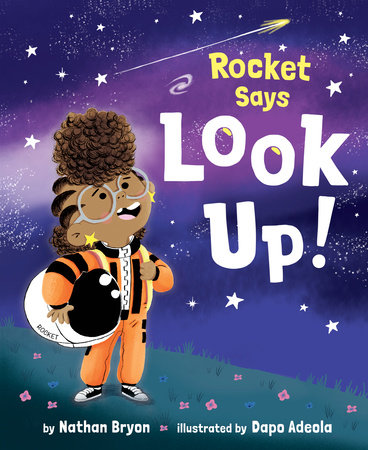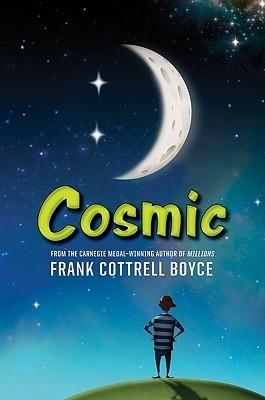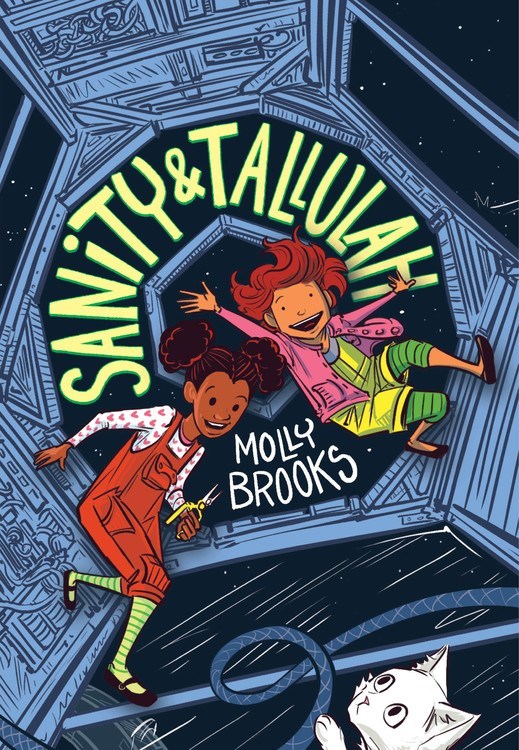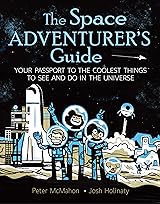Paper Plate UFOs
Turn an ordinary paper plate into an intergalactic vehicle ready for adventure!
You’ll need: 2 paper plates, glue, scissors, markers or paint, plastic cup, foil or sequins.
How to make it: Paint or color both plates silver. Sandwich them together (bottoms facing out) with a cup glued on top for the cockpit. Decorate with foil bits or sequins for blinking lights.
Cotton Ball Galaxies
A fluffy swirl of cosmic color perfect for rainy afternoons.
You’ll need: cotton balls, black or dark blue paper, paint or liquid watercolor, glue, glitter.
How to make it: Dip cotton balls in colorful paint and glue them down in spirals to form your own galaxy. Sprinkle glitter “stardust” before it dries.
Paper Star Wands
A little sparkle never hurt an explorer.
You’ll need: cardstock stars, wooden dowels or straws, ribbon, glue, paint.
How to make it: Decorate stars, glue to dowels, tie ribbon tails, and wave your cosmic power around the room.
Galaxy Watercolor Art
Swirling colors and shimmering stars make this a gorgeous art-meets-science project.
You’ll need: watercolor paper, watercolor paints (blue, purple, black), white paint or gel pen, salt.
How to make it: Paint the paper in galaxy colors, sprinkle salt while still wet for starburst textures, let dry, brush off the salt, then dot white paint stars across your night sky.
Glow Star Mobiles
Bring the night sky indoors.
You’ll need: glow-in-the-dark stars or paper cutouts, string, small branch or dowel, tape.
How to make it: Tie string to each star, hang from the branch, and display near a window or lamp to charge up the glow.
Pipe-Cleaner Aliens
Wiggly, colorful creatures from another world!
You’ll need: assorted pipe cleaners, pom-poms, googly eyes, beads.
How to make it: Twist and bend pipe cleaners into alien shapes, glue on eyes, add beads for texture, and give them funny names.
Constellation Jars
A glowing galaxy right in a mason jar.
You’ll need: clean jars, black paper, push pin or needle, tape, LED tealight.
How to make it: Poke constellation holes into the black paper, wrap inside the jar, and drop in the tealight. When lit, constellations shine like the real night sky.
Galaxy Resin Keychains
Carry a tiny galaxy wherever you go.
You’ll need: UV or epoxy resin kit, mica powder or glitter, small molds, jump rings, keychain hardware.
How to make it: Mix resin according to instructions, stir in mica or glitter for a nebula swirl, pour into molds, cure, and attach hardware. Each one becomes a mini universe on your backpack.
Glow Planet Canvas Paintings
Brighten your room with glowing planets and stars.
You’ll need: canvas, acrylic paint, glow-in-the-dark paint, brushes, optional glitter.
How to make it: Paint a colorful galaxy background, then layer planets and stars. Finish with glow paint so your art comes alive in the dark.
Space Jewelry
Wear the cosmos around your neck.
You’ll need: beads, string or wire, small galaxy charms, pliers.
How to make it: Thread beads in planet-inspired colors, add a charm, and finish with a clasp. Try color-coding each “planet” in order of the solar system!
























































.png)